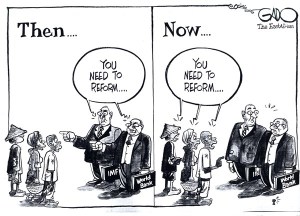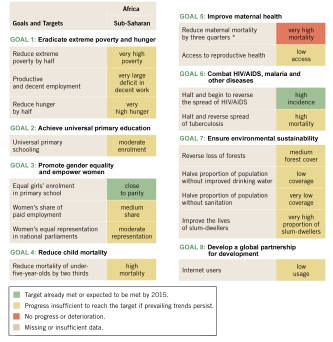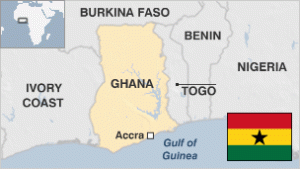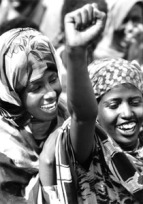
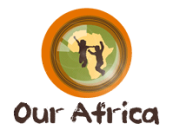
Despite the continued gender gap between men and women, progress is being realized throughout Africa. As Our Africa reminds us, achieving equality takes time. This is why policies are continuously being proposed and implemented in the present to help improve the lives of women in the future. One great goal has been to educate and empower young girls. When scholarships are given to girls or their families are heavily encouraged to enroll their daughters in formal education, women become better equipped to share decision-making and pursue their own careers. This, in turn, leads to a more equal society and productive country. Mathilde Kayitesi, the coordinator of a woman’s organization for peace education and conflict resolution in Rwanda, claimed that girls and boys have equal rights to an education and that because of this, her country is heading in the right direction. Additionally, in countries such as Rwanda and Tanzania, the constitutions have been amended to include a requirement for the government to be composed of a particular percentage of women. Such a policy provides women with exceptional access to high-ranking political positions in which they can further address the pressing issues of gender inequality. For example, Rwanda’s high number of women in parliament facilitated the passing of laws that enforce more severe punishment of anyone committing violence against women.
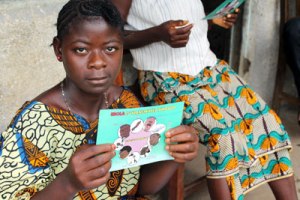
Of course, more needs to be done to help create a more sustainable gender equality. For instance, in “Why Are So Many Women Dying From Ebola?”, Lauren Wolfe discusses how policies governing infectious disease scenarios do not acknowledge the gender differential that exists in the morbidity and mortality of certain communicable diseases. She asserts, “…When women are the primary victims of an epidemic, few are willing to recognize that this is the case, ask why, and build responses accordingly. Indeed, experts say that too little is being done… to determine in advance of outbreaks, for instance, how understanding gender roles might help in the development of a containment or prevention strategy” (Wolfe, p. 2). During the Ebola outbreak, women continued their traditional duties of caring for the sick. Because this disease spreads through contact with an infected individual’s blood or body fluids, women were disproportionately afflicted. The analysis and acceptance of this correlation could lead to vital policy change that protects women.
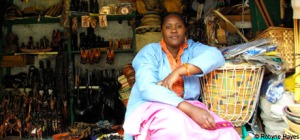
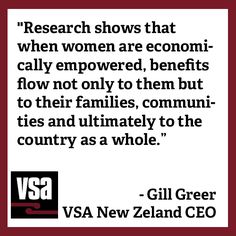
Economic opportunity is one of the best equalizers of gender disparities. Maintaining a steady income gives women the ability to make their own decisions regarding work, family, housing, health, and so much more. A woman would no longer be forced into marriage or be bound to remain dependent on an abusive husband. Amazingly enough, women are not the only ones who gain from this economic opportunity. As the IMF explains, “Aguirre and others (2012) suggest that raising the female labor force participation rate (FLFPR) to country-specific male levels would, for instance, raise GDP in the United States by 5 percent, in Japan by 9 percent, in the United Arab Emirates by 12 percent, and in Egypt by 34 percent” (IMF, p. 4). These estimations illustrate the countrywide, economic benefit stemming from gender equality in the workforce. Other potential advances include economic growth by mitigating the impact of a shrinking workforce; higher levels of school enrollment for girls; greater productivity of female-owned companies; and better use of the talent pool (IMF, p. 4-5). Thus, fostering economic opportunity does not simply advance the lives of women, as the improved lives of women will then advance society as a whole- a virtuous cycle we must activate.
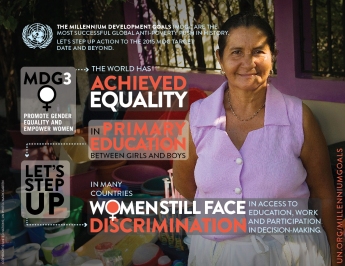
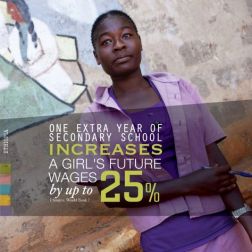
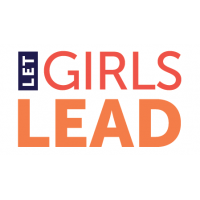
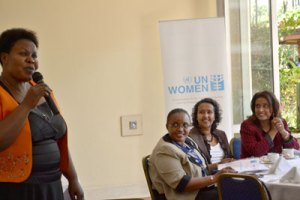

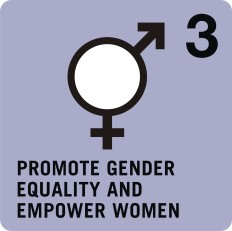

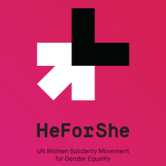
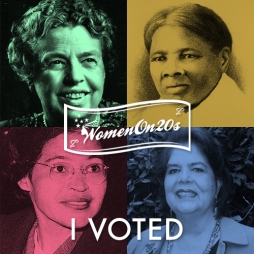
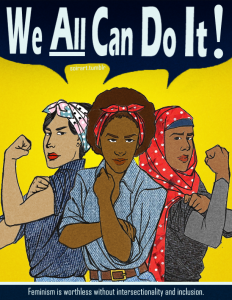
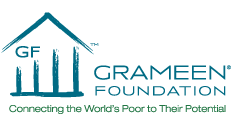
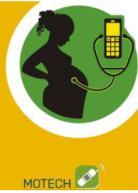

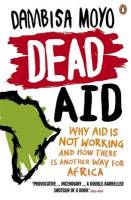
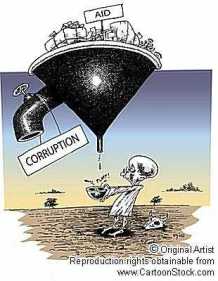
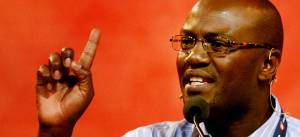
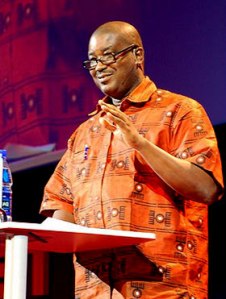
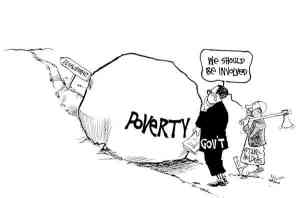
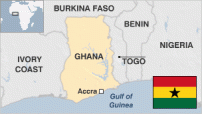
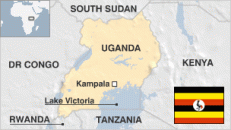
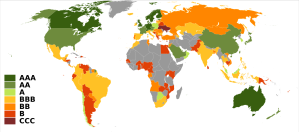
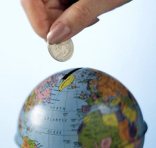
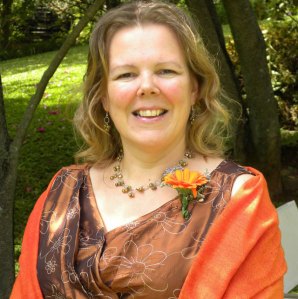

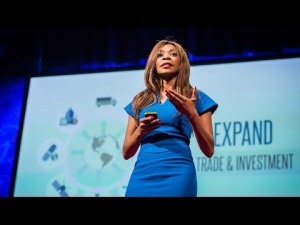
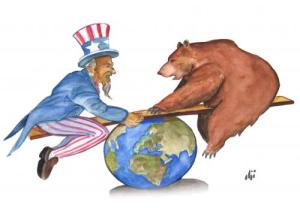
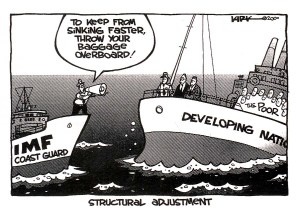
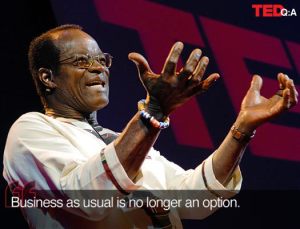



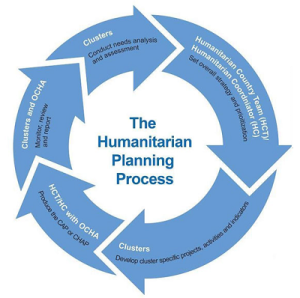

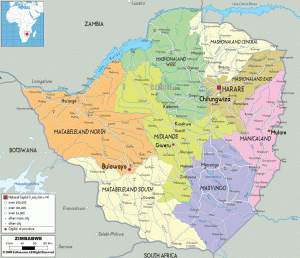

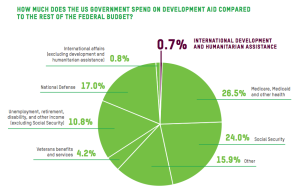
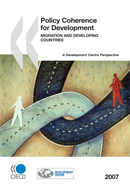
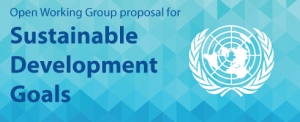

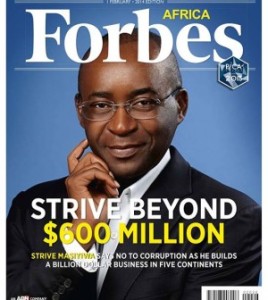
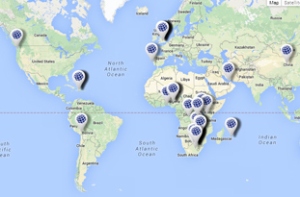

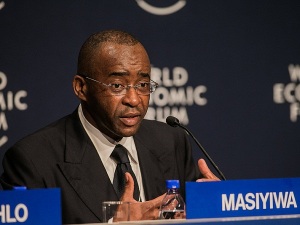
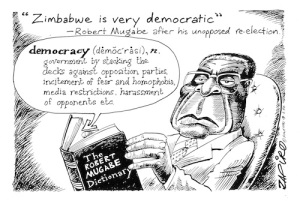



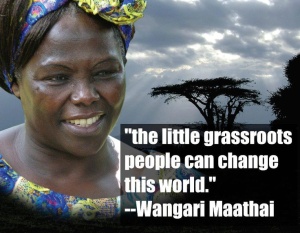
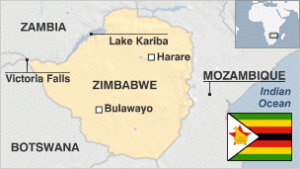
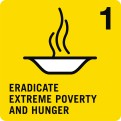 attaining the MDGs. Goal 1: Eradicate Extreme Poverty and Hunger, for example, the country’s GDP growth from -5.7% to 9.3% has not translated to an increase in employment, and, consequently, poverty remains high: approximately 72% of Zimbabweans are considered poor. Additionally, while the amount of underweight children dropped from 11.8% to 10%, the small progress is likely to be uprooted by a projected increase of food-insecure households.
attaining the MDGs. Goal 1: Eradicate Extreme Poverty and Hunger, for example, the country’s GDP growth from -5.7% to 9.3% has not translated to an increase in employment, and, consequently, poverty remains high: approximately 72% of Zimbabweans are considered poor. Additionally, while the amount of underweight children dropped from 11.8% to 10%, the small progress is likely to be uprooted by a projected increase of food-insecure households.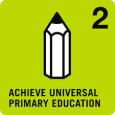 Zimbabwe’s net enrollment ratios for primary schools remain high and completion rates have risen over the years. Additionally, literacy rates have improved to 99% among 15-24 year olds.
Zimbabwe’s net enrollment ratios for primary schools remain high and completion rates have risen over the years. Additionally, literacy rates have improved to 99% among 15-24 year olds.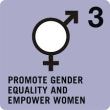 endance, and completion rates for girls and boys within primary and secondary schools and parity in literacy rates. The nation must continue to improve on female education at the tertiary level, and increase the number of women active in leading, decision-making sectors, such as management and government.
endance, and completion rates for girls and boys within primary and secondary schools and parity in literacy rates. The nation must continue to improve on female education at the tertiary level, and increase the number of women active in leading, decision-making sectors, such as management and government. ,000 live births) this progress is too slow to meet the MDG target. The high cost of treatment and lack of potable water and improved sanitation remain major obstacles to combating the preventable causes of child mortality.
,000 live births) this progress is too slow to meet the MDG target. The high cost of treatment and lack of potable water and improved sanitation remain major obstacles to combating the preventable causes of child mortality. birthing attendant, and restricted access to antenatal clinics contribute to this unfortunate rise.
birthing attendant, and restricted access to antenatal clinics contribute to this unfortunate rise.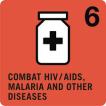 Zimbabwe has made great progress in the fight against HIV/AIDS by dropping incidence rates by 49%. Additionally, the rate of new malaria cases has declined by 64% and reported cases of tuberculosis have decreased from 782 to 633 per 100,000.
Zimbabwe has made great progress in the fight against HIV/AIDS by dropping incidence rates by 49%. Additionally, the rate of new malaria cases has declined by 64% and reported cases of tuberculosis have decreased from 782 to 633 per 100,000.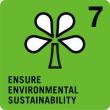 as effectively phased out ozone-depleting substances and minimized CO2 emissions. However, deforestation remains a major issue and at least three endangered species need protection.
as effectively phased out ozone-depleting substances and minimized CO2 emissions. However, deforestation remains a major issue and at least three endangered species need protection.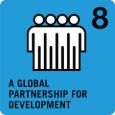 al relationships. On the other hand, the country still relies largely on donor aid and support.
al relationships. On the other hand, the country still relies largely on donor aid and support.
